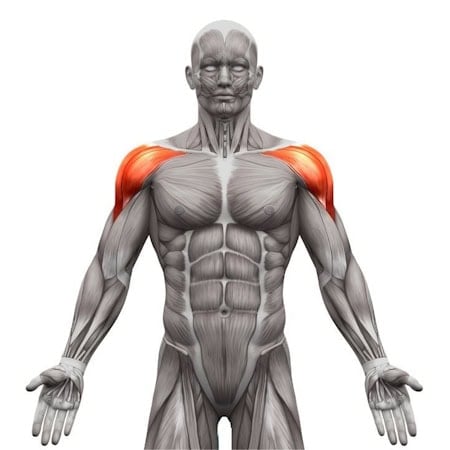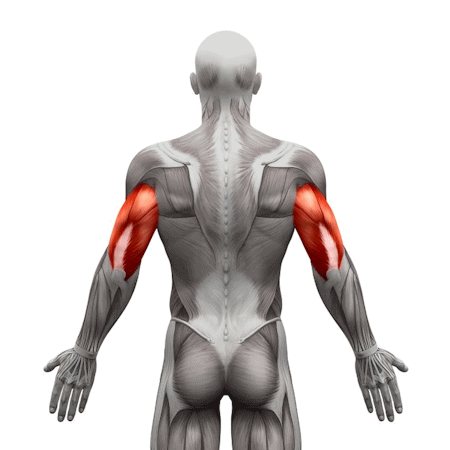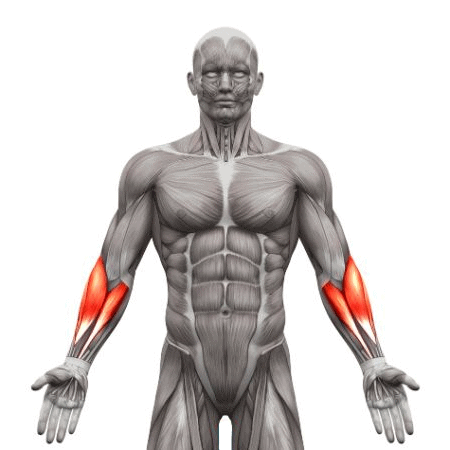Wrist Warm-Up Routine
How to do Wrist Warm-Up Routine?
The Wrist Warm-Up Routine is an essential preparatory sequence for calisthenics athletes, especially those about to engage in handstands, planche training, push-ups, dips, or weighted pushing movements. The wrists are highly involved and under constant pressure in calisthenics and gymnastics, yet they’re one of the most commonly overlooked joints when it comes to proper warm-up. This routine helps mobilize, activate, and gently load the wrists and forearms to prevent injury and optimize performance.
Because calisthenics exercises often require extended wrist extension under load, like in handstands or planche holds, the wrists need more than passive stretching—they need controlled movement, isometric tension, and light progressive loading. A dedicated wrist warm-up also increases blood flow to the forearm flexors and extensors, improves proprioception, and sets up the shoulders and elbows for safe and strong upper-body pushing.
This routine is equipment-free and takes just 5 minutes. It can be performed anywhere: on the floor, a mat, or even outside. It’s suitable for all levels, from beginners to elite athletes. Consistency is key—performing this before every pushing-focused session builds resilience and range of motion in the wrists over time.
How to Perform the Wrist Warm-Up Routine (Kneeling Format)
Perform each movement for 8–12 reps or 20–30 seconds. Move with intention and control. Focus on quality, not speed.
1. Palm Pulse – Forward Wrist Rock (Wrists Facing Forward)
- Begin on all fours, hands shoulder-width apart, fingers pointing forward, arms straight.
- Gently rock your body forward, bringing your shoulders past your wrists while keeping palms flat.
- Feel a stretch in the underside of the forearm (wrist extension).
- Rock back to the starting position, repeat.
- Don’t let your palms lift. Keep the elbow fully extended.
2. Palm Circles – Weight Shift Around Wrists (Wrists Facing Forward)
- In the same position, perform slow circles, shifting your bodyweight around the wrists.
- Move clockwise for a few reps, then counterclockwise.
- Keep the elbows locked and palms grounded throughout.
- This builds 360-degree awareness and strength around the wrist joint.
3. Side-to-Side Rock (Wrists Facing Outward)
- Rotate your hands outward so your fingers point to the sides.
- Rock gently side to side, feeling the stretch across the radial and ulnar sides of the wrist.
- Keep your palms down and move within a pain-free range.
- Great for building lateral wrist mobility and resilience.
4. Back of Hand Rock (Wrist Flexion)
- Carefully place the backs of your hands on the ground, fingers facing each other or slightly forward.
- Slowly rock backward, applying gentle pressure to stretch the top of the forearms.
- Go slow—this is more intense and less common than extension drills.
- Keep the elbows straight and spread fingers wide for better distribution.
5. Wrist Lifts (Palm to Finger Tip Activation)
- Back to palms-down position, fingers forward.
- While keeping fingers pressed into the ground, try to lift the palm off the ground, then lower it.
- These are “wrist push-ups” that activate the deep wrist flexors.
- Keep the elbow extended and avoid bouncing—lift smoothly.
- Repeat for 8–10 slow reps.
6. Closed-Fist Lean and Rock
- Make a fist with each hand, knuckles down, and place fists on the ground shoulder-width apart.
- Rock your body gently forward and backward, loading the neutral wrist position.
- This is a great transitional drill toward push-up loading.
- Focus on staying square and keeping your fists stable.
7. Finger Stretch with Elbow Lock
- Palms flat, fingers forward again.
- Focus on spreading the fingers wide, then gently press your bodyweight down, especially into the base of the fingers.
- Lock the elbows and hold for a few seconds, then relax.
- Helps build tolerance for full palm and finger contact during handstands.
8. Final Wrist Rolls (Seated or on All Fours)
- Sit back on your heels or stay on all fours.
- Perform controlled wrist circles in the air, forward and backward.
- You can also extend the fingers and make tight fists repeatedly to flush the forearms.
Benefits of the Kneeling Wrist Warm-Up
- Increases Range of Motion in wrist extension, flexion, and lateral deviation.
- Activates forearm muscles in both flexion and extension patterns.
- Prepares connective tissue and joint capsules for heavy loading.
- Improves shoulder, elbow, and scapular control by integrating the upper chain.
- Reduces injury risk and builds long-term wrist resilience.
- Promotes better hand contact and proprioception for handstands and planche.
Common Mistakes to Avoid
- Bending the elbows—keep arms straight unless otherwise instructed.
- Skipping warm-up entirely before high-load wrist work.
- Forcing deep ranges too early—work progressively into tension, not pain.
- Lifting palms during stretches—aim for full palm contact.
- Holding static stretches too long early on—keep movements dynamic and flowing.
Similar Exercises
- Wrist curls and reverse wrist curls with dumbbells or light barbells.
- Theraband wrist flexion/extension resistance work.
- Rice bucket rotations or crushes for endurance and grip variability.
- Grip trainers and wrist rollers for advanced forearm work.
Tips for the proper execution of Wrist Warm-Up Routine
Perform this routine before every handstand or push workout.
Use a soft mat or towel if your wrists are sensitive to hard surfaces.
Pair with scapular and shoulder prep for a complete upper-body warm-up.
Spread your fingers during each drill to distribute load.
Gradually increase range and pressure over weeks, not in one session.
Muscles worked when doing Wrist Warm-Up Routine
Muscles Activated
-
Forearm Flexors and Extensors – Primary drivers of wrist stability.
-
Intrinsic Hand Muscles – For fine motor control and pressure distribution.
-
Deltoids, Triceps, and Scapular Stabilizers – Assist in controlling the arm during kneeling weight shifts.
Joints Mobilized
-
Radiocarpal Joint (Wrist)
-
Distal Radioulnar Joint
-
Finger and MCP Joints
Primary Muscle(s):
Secondary Muscle(s):

Anterior delt

Triceps
Equipment needed for Wrist Warm-Up Routine
No equipment needed for this exercise.
Adjust the difficulty of Wrist Warm-Up Routine
How to make Wrist Warm-Up Routine harder?
How to make Wrist Warm-Up Routine easier?
How to make Wrist Warm-Up Routine harder?
To make Wrist Warm-Up Routine harder:
-
Pause in end ranges of motion for 2–3 seconds.
-
Add slow wrist push-ups from a full kneeling plank.
-
Incorporate fingertip holds for more advanced handstand prep.
-
Increase the pressure forward to simulate handstand wrist angles more intensely.
How to make Wrist Warm-Up Routine easier?
To make Wrist Warm-Up Routine easier:
-
Use partial range of motion and build gradually.
-
Shift less bodyweight over the hands in early reps.
-
Use a folded towel under wrists for added support.
-
Reduce reps and hold time to focus on control and comfort.



